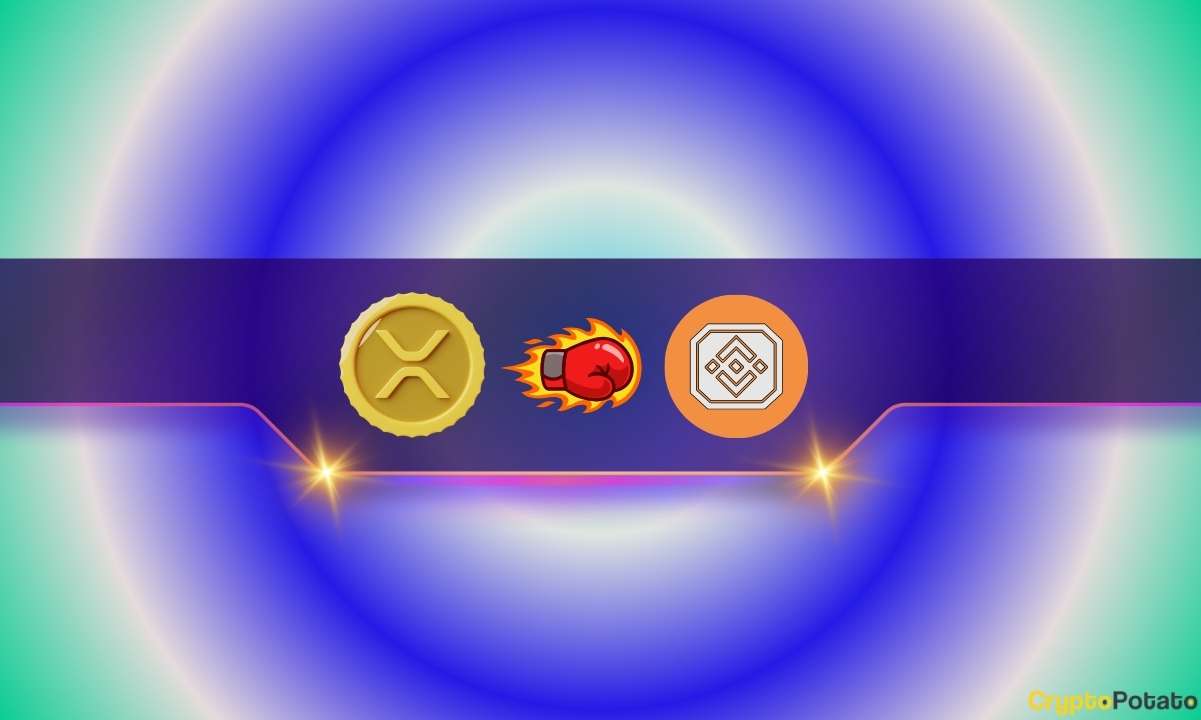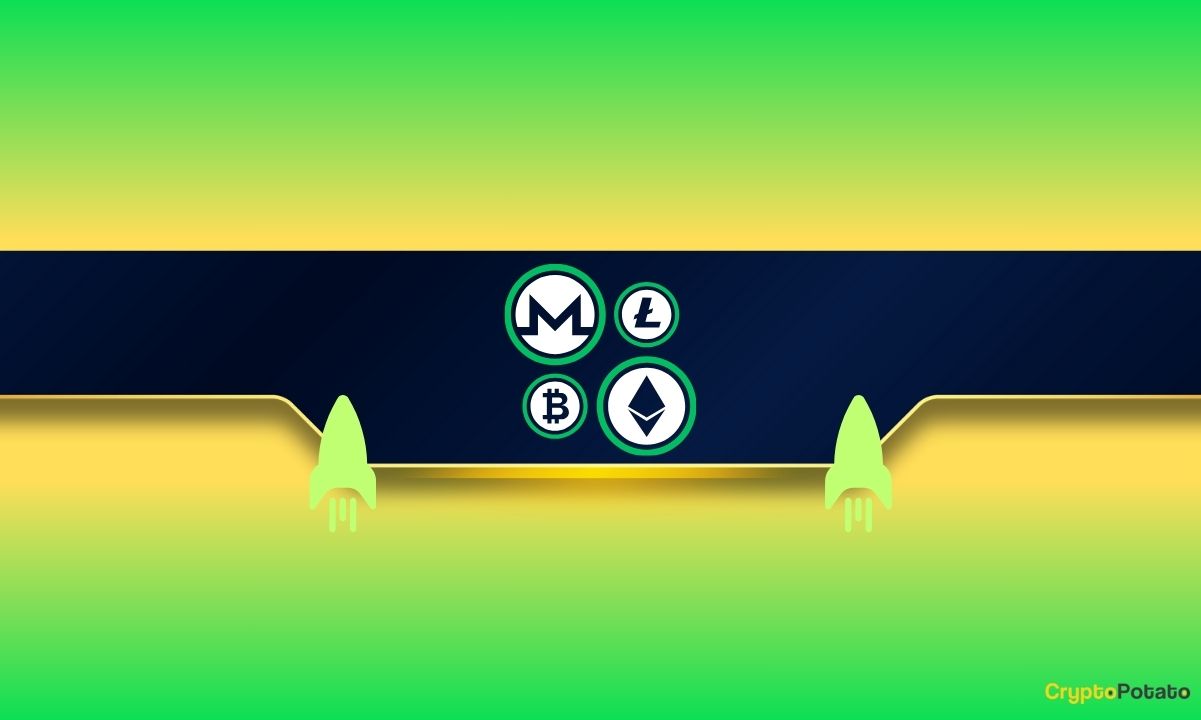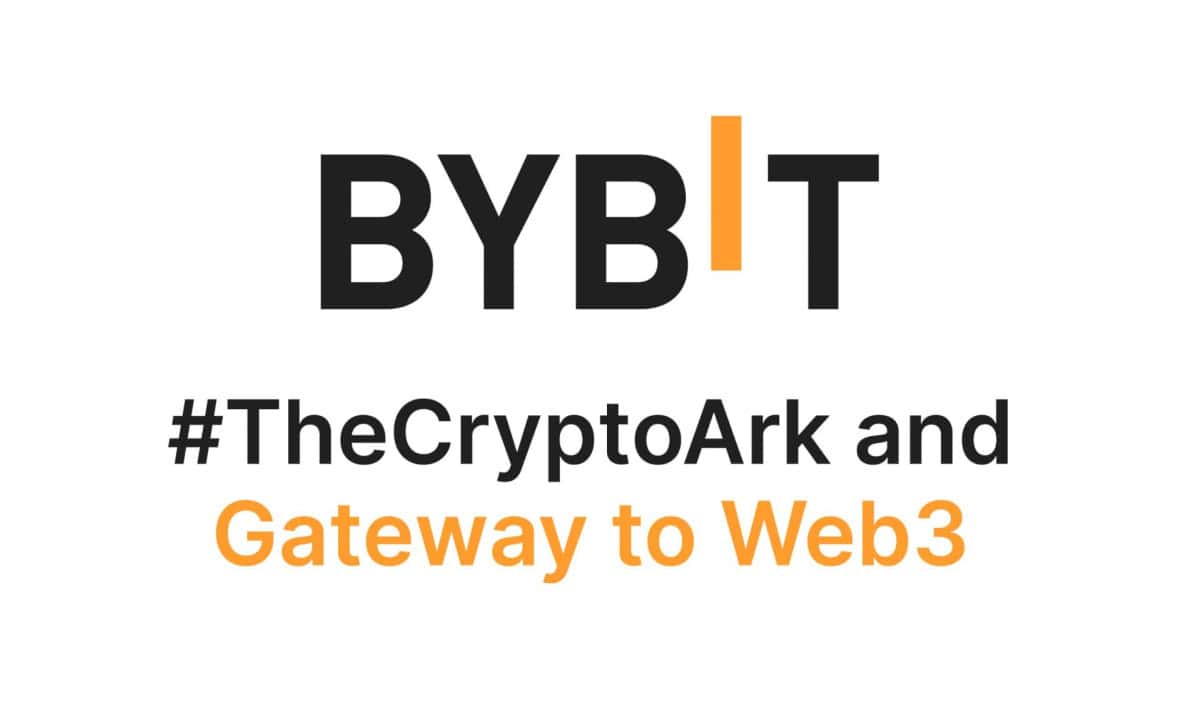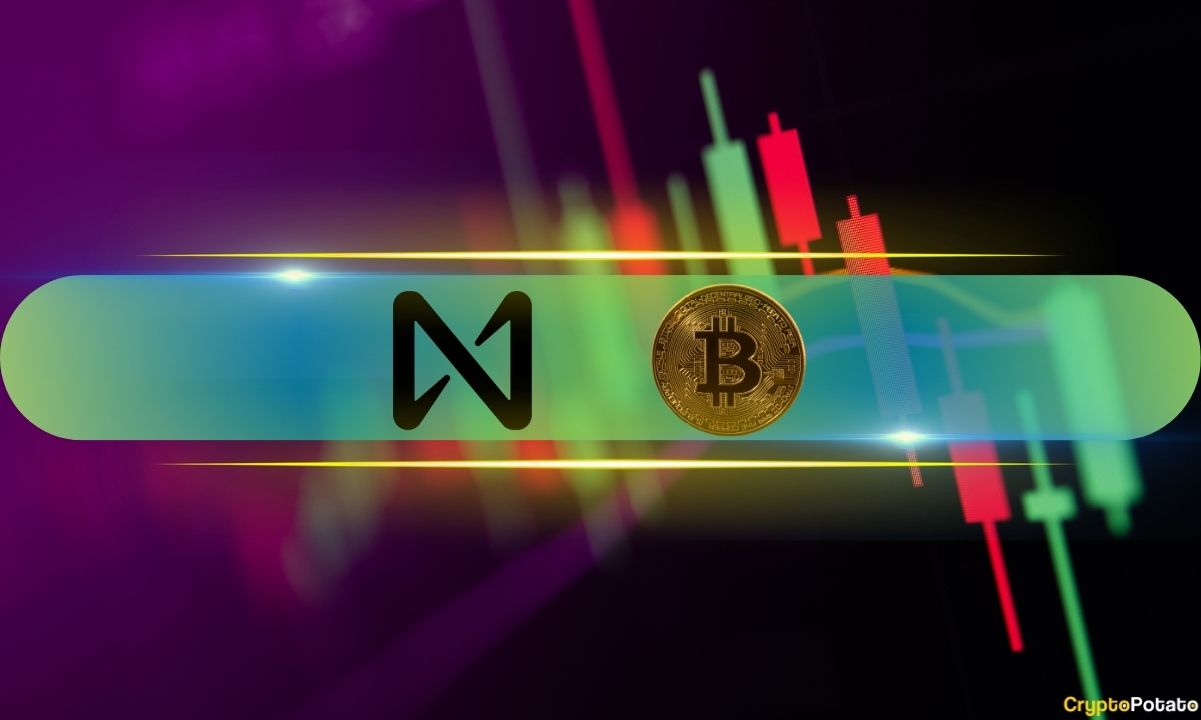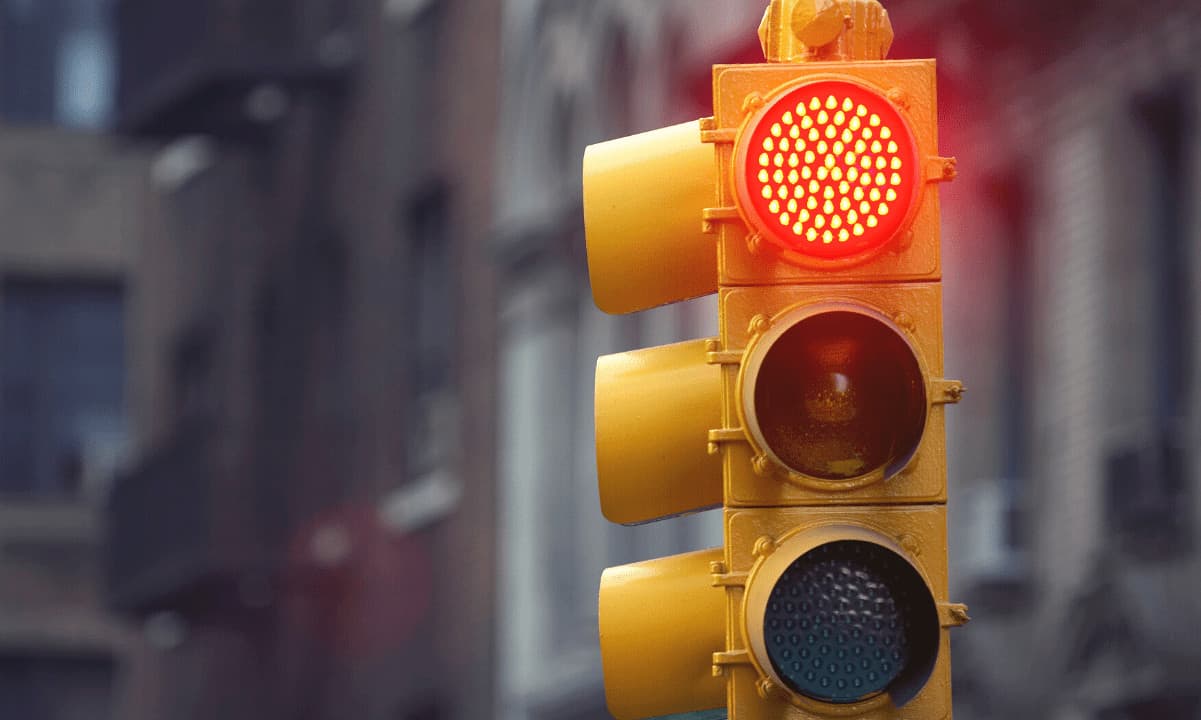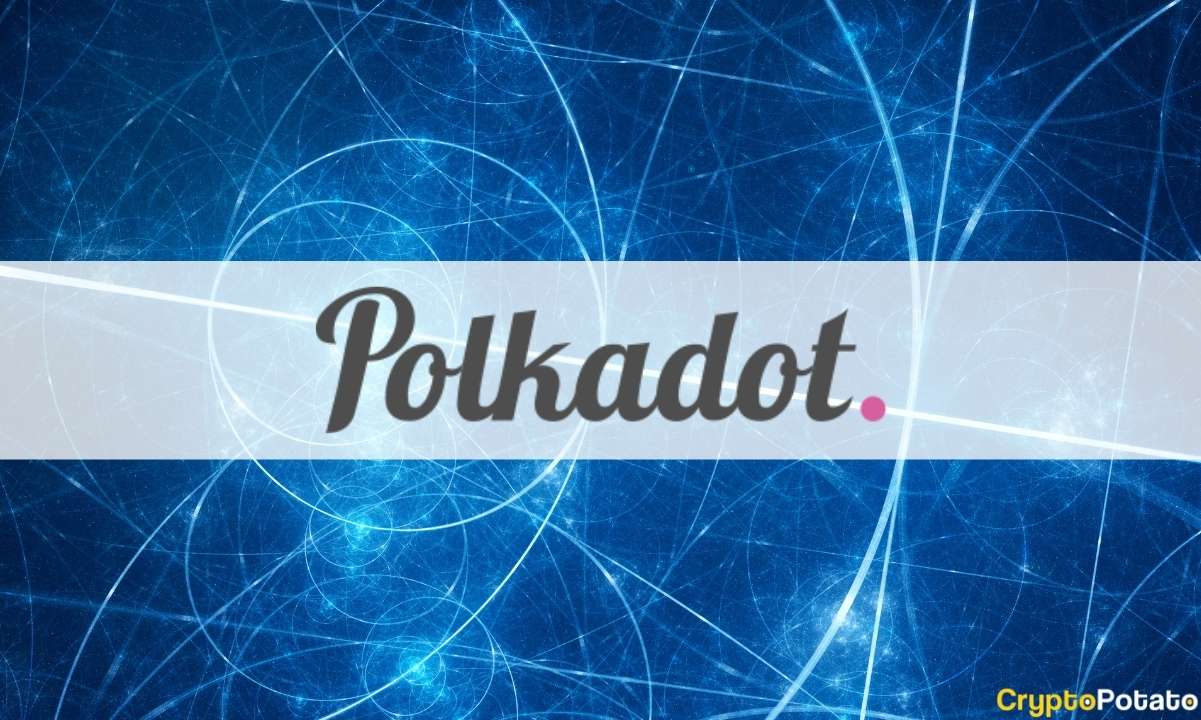NFTs and the Patronage Model

Will Gottsegen is CoinDesk’s media and culture reporter. He holds less than $500 in ETH, and less than $1000 in NFTs.
Last week, a crypto investment collective called PleasrDAO paid $4 million for a copy of the Wu-Tang Clan’s seventh album, “Once Upon a Time in Shaolin.”
If that sounds insane to you, consider the circumstances, which are also insane. The record was conceived as a one-of-one physical edition – just one CD would ever be made, and whoever bought that one copy would be contractually forbidden from distributing it for sale. Martin Shkreli, the notorious pharmaceutical executive and fraudster, bought the album back in 2015. He held onto it until 2018, when the federal government confiscated it in the wake of his fraud conviction.
This article is excerpted from The Node, CoinDesk’s daily roundup of the most pivotal stories in blockchain and crypto news. You can subscribe to get the full newsletter here.
Announcing their purchase of the record last week, members of PleasrDAO said they saw the concept as being in line with the values behind non-fungible tokens (NFTs), the blockchain-based collectibles that have become PleasrDAO’s bread and butter over the past year. NFTs are a form of cryptocurrency attached to media files – JPEG files are endlessly reproducible, thanks to the copy-paste function, but the crypto component can give them an element of scarcity. There’s only one of each token, and because transaction records are available publicly on the blockchain, imposter NFTs are easy to identify.
“The album itself is kind of the O.G. NFT,” one PleasrDAO member told The New York Times, making that connection explicit.
Predictably, the group has also turned “Once Upon a Time in Shaolin” into an actual NFT. Per the Times article, “The 74 members of PleasrDAO… share collective ownership of the NFT deed, and thus own the album.” PleasrDAO is also saying it wants to find a way to skirt that baked-in contractual obligation and share the music with a wider audience (potentially through fractionalization).
It’s both an act of crypto evangelism (an ad, basically, for the organization) and an interesting argument for a new economic model centered around patronage. Streaming is unsustainable for most musicians because revenues tend to be divvied up pro rata. According to Rolling Stone, 90% of streams are going to the top 1% of artists on platforms like Spotify. In a pro rata model, that 1% ends up with 90% of the money these platforms have decided to set aside for artists.
In the NFT patronage model, a media file is treated as a public good. All you need is one person who’s willing to pay for the token; once it’s purchased, the work exists online for free. Anyone with an internet connection can enjoy the work, while the wealthy speculators do their thing amongst themselves, selling and reselling the token as value fluctuates over time. You can see this in practice on Catalog, a platform for music NFTs, where token-backed albums are selling for tens of thousands of dollars.
It’s happening with one-of-one NFTs, but it’s also happening with limited sets, as a kind of experimental alternative to Patreon or Kickstarter. The writers Kyle Chayka and Daisy Alioto funded their newsletter, Dirt, by selling NFTs of original artworks. Crucially, the NFTs don’t work as access passes – the posts are available for anyone to read – but the writers and editors get paid.
But just as the Wu-Tang album is a unique case (an album-as-gimmick, from one of the most famous hip-hop acts on the planet) it’s hard to imagine that every small artist or writer could make money this way. PleasrDAO bought “Once Upon a Time in Shaolin” to make a point about the long-term value of crypto. And the people who bought into the Dirt crowdfund were by and large technologists and investors, many of whom have a stake in proving these models are viable.
NFT ownership isn’t intuitive. What do you own, really, when you buy the token for an album or a piece of writing? It comes down to a question of scale: what works in the siloed ecosystem of early adopters may not work for the general public.
Subscribe to Valid Points, our weekly newsletter about Ethereum 2.0.
By signing up, you will receive emails about CoinDesk product updates, events and marketing and you agree to our terms of services and privacy policy.


